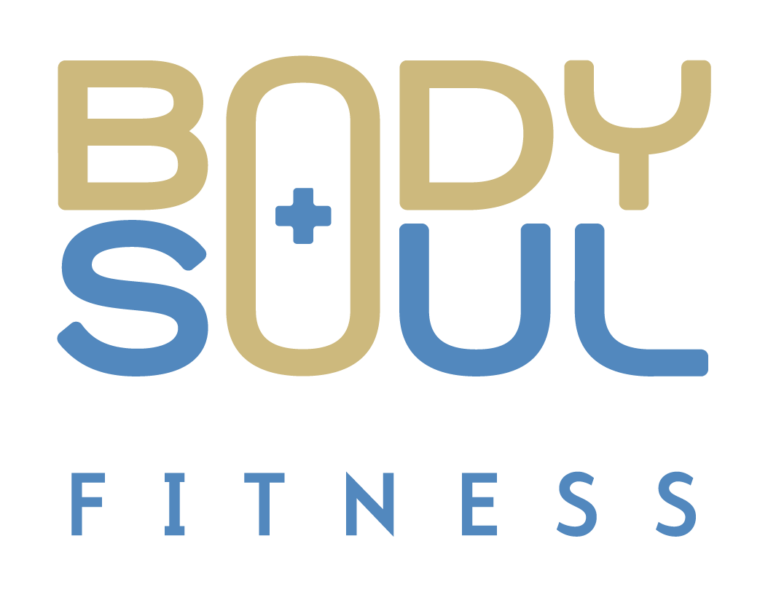Introduction
The next area we are going to cover is exercise, specifically in regards to navigating around shift work and demanding schedules. I’m going to share some tips and guidelines that will help you maximize your workouts, so you get the most benefit from them.
Regardless of what our schedules are, staying active and working out is very important for our physical and mental health. What is also important though, is being mindful of the type, intensity and duration of exercise. Simply put, exercise is another stressor on our bodies, yet if applied correctly, it’s a good stress that will have a positive effect on our body.
The exercises you do may be the same, but the condition you do it in, may change based on your work schedule, sleep, hydration and stress. I’m going to give you some guidelines on how you can continue to work out and stay active, even when you aren’t feeling your best.
Let’s say you planned to work out, but you are coming off a long stretch of several shifts or are switching from nights to days, and you aren’t feeling 100%. Your workout may look daunting and you might question how you will ever get through this.
Tip 1: Lower The Workout Duration
The first tip I will give you, is that you can always cut back on the duration of your workout, but don’t make it easier. We call this limiting the volume, but not the intensity.
For example, if you are doing a workout, and need to lift 50lbs for 10 reps and 4 sets, I would recommend to only perform 2 sets, but keep the weight and reps the same. This will help with your recovery as your body will have less to recover from, but you are still stimulating your body with the load.
If you lower the weight to 35lbs and perform the normal number of reps and sets, you have lowered the intensity to where it’s not helping you get stronger, just more tired. This, in turn will hurt your results and not allow you to get stronger. Lowering the total volume of the workout by 50% is a good rule to follow if you are feeling run down.
Tip 2: Incorporate Lower Intensity Days
Another option is to incorporate lower intensity days into your training plan. Setting a day of the week to focus on abdominal and postural exercises when you are fatigued, is a great idea. When performing this type of workout, it’s possible to put forward enough effort to get a positive outcome, and it won’t leave you feeling exhausted.
You can also incorporate some lower intensity aerobic work that can have very positive effects on your body without taxing it. Cardiac output training, which is defined as keeping your heart rate around 120-130 bpm for 30-90 mins, is a very good way to train when fatigued. It will help you recover, get your blood flowing and condition your heart to improve its efficiency. You can do this 1-3 times per week.
Tip 3: Perform Stretch and Mobility Exercises
The most restorative type of training is to perform a stretch and mobility program on days you are especially tired. Performing a variety of stretches for your whole body is a good way to start.
I hope this video will start to guide you towards the right type of activity to perform when you aren’t feeling your best.
Reach out to us if you have any questions regarding your workout, stretching, and exercise needs. We’re always happy to help.
Health care professionals work busy, demanding, long and not to mention, tiring shifts. In this special exercise video, Chris offers tips on how to continue to lead an active lifestyle while navigating shift work, and demanding schedules.
In this sleep video designed for healthcare workers, Chris navigates the challenges shift workers face when it comes to sleep quality, maintaining a proper sleep schedule, and how to overcome both of these.

